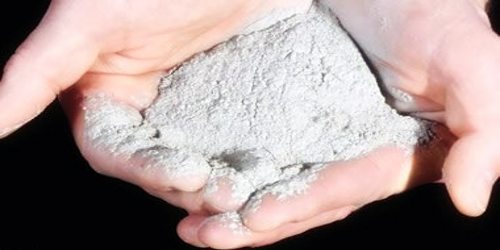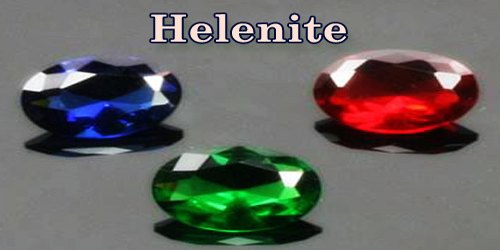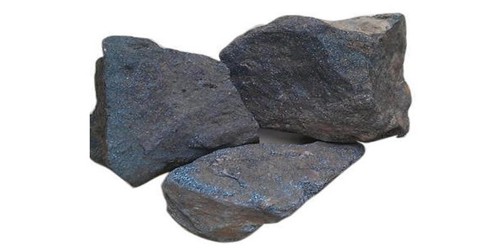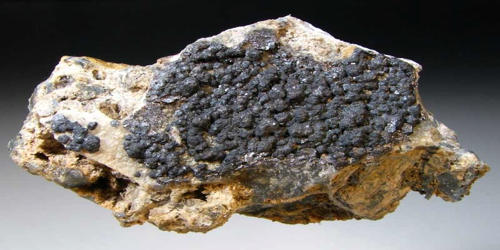Definition –
Helenite, also known as Mount St. Helens obsidian, emerald obsidianite, and ruby obsidianite, is a trade name used for a man-made glass that is produced using volcanic ash from the 1980 eruption of Mount St. Helens. It is sold as facet rough, faceted stones, tumbled stones, and mounted in finished jewelry.
The material has been produced in a variety of green, red, and blue hues, which are produced or enhanced by adding coloring agents to the melt. Tourists visiting Mount St. Helens are the primary market for the novelty colored stone jewelry made with helenite.
History and Commercial Production of Helenite: Helenite was first created accidentally after the eruption of Mount St. Helens in 1980. Workers from the Weyerhaeuser Timber Company were attempting to salvage equipment damaged after the volcanic eruption. Using acetylene torches, they noticed that the intense heat was melting the nearby volcanic ash and rock and turning it a greenish color. The silica, aluminium, iron, and trace amounts of chromium and copper present in the rocks and ash in the area, combined with the heat of the torches, transformed the volcanic particles into a compound that would be later commercially replicated as helenite.

A few people began producing the glass, cutting it into faceted stones, mounting them in jewelry, and selling the items to tourists. Less than one year after the eruption, Dharma Trading Company began using the name “Helenite” in commerce and filed a trademark with the United States Patent and Trademark Office.
Their trademark was filed to reserve the name “Helenite” for their exclusive use in marketing “glass in the nature of cut gems and rough gems made from volcanic ash from Mount St. Helens, for use in making jewelry.” This trademark has been cancelled, but other trademarks have been filed for use of the word “Helenite.” Interested people can view information about these filings using the search feature at the United States Patent and Trademark Office website.
Some Facts of Helenite:
- Helenite ranks between 5.5 to 6 on the Mohs scale of hardness.
- Helenite is available in variety of colors like green, red and blue.
- Helenite is sourced from Washington, USA.
- Helenite is a man-made glass.
- Helenite is also known as Mount St. Helens obsidian, emerald obsidianite, and ruby obsidianite.
Properties of Helenite –
Helenite is not recognized as a modern birthstone. However, the resemblance of the gemstone to emerald makes it a viable substitute for the modern May birthstone.

Helenite is made from Mount St. Helens ash, which varies in composition from place to place and is leached of soluble components with exposure to rainwater. The ash has a basic composition that is similar to the igneous rock known as dacite. It consists of approximately 65% SiO2, 18% Al2O3, 5% Fe2O3, 4% CaO, 4% Na2O, and 2% MgO. Numerous trace and minor elements also occur in the ash.
Helenite is now available in a number of colors including greens that range from deep emerald to aqua, red, pink, blue and light purple. The glass falls into the gem species silicate, has a hardness of five and a density of 2.4. High-pressure fusion gives helenite its brilliant sparkle.
Helenite is a relatively softer stones as compared to other crystals. Therefore it needs care and protection from any sort of external damage and abrasions that might tarnish its glittering surface. It ranks only 5.5 on the scale of hardness, which means that it is susceptible to damage and cracks.
Although helenite and obsidian are both forms of glass, helenite differs from obsidian in that it is man-made. The stone has been marketed by the jewelry industry because of its emerald-like color, good refractive index, and durability. It is seen as an inexpensive alternative to naturally-occurring green gemstones, such as emerald and peridot. Helenite can also come in various red, green and blue varieties.
Uses and Benefits of Helenite –
Helenite is used in many types of jewelry, including rings, pendants, earrings, and brooches. Depending upon the color, it can be an attractive stone. It has a hardness of just 5 to 5 ½ and chips about as easily as obsidian or window glass. It is best used in earrings, pendants, brooches, and other types of jewelry where it will not encounter impact or abrasion. Even in these uses it should be considered to be a very fragile stone. If it is used as a ring stone, the facet edges will be easily abraded, the faces will be easily scratched, and the stone might be chipped with even a slight impact.
Also called the “Gaia stone” or the “green obsidian,” Helenite is most often found being related to the heart chakra. That means it helps with anything related to the heart. Now, several healers believe that despite it being a man-made stone, it still holds the power to aid the people who are dealing with emotional traumas or heartbreak. The stone is also sometimes referred to as “Soul of the Earth.”
Many healers also believe that this stone is the ideal gift to present to your love partner. It is said that it heals the bond between romantic partners and family, facilitating emotional growth and evolution. Some people also say that it distributes harmony wherever it is placed, making it easier for people to live together. When it comes to the physical healing powers, astrologers claim that it is a highly effective stone. Like most of the crystals, it is believed that Helenite can also ward off the negative energy in the room where it is placed or from the person who wears it.
Information Sources:
















